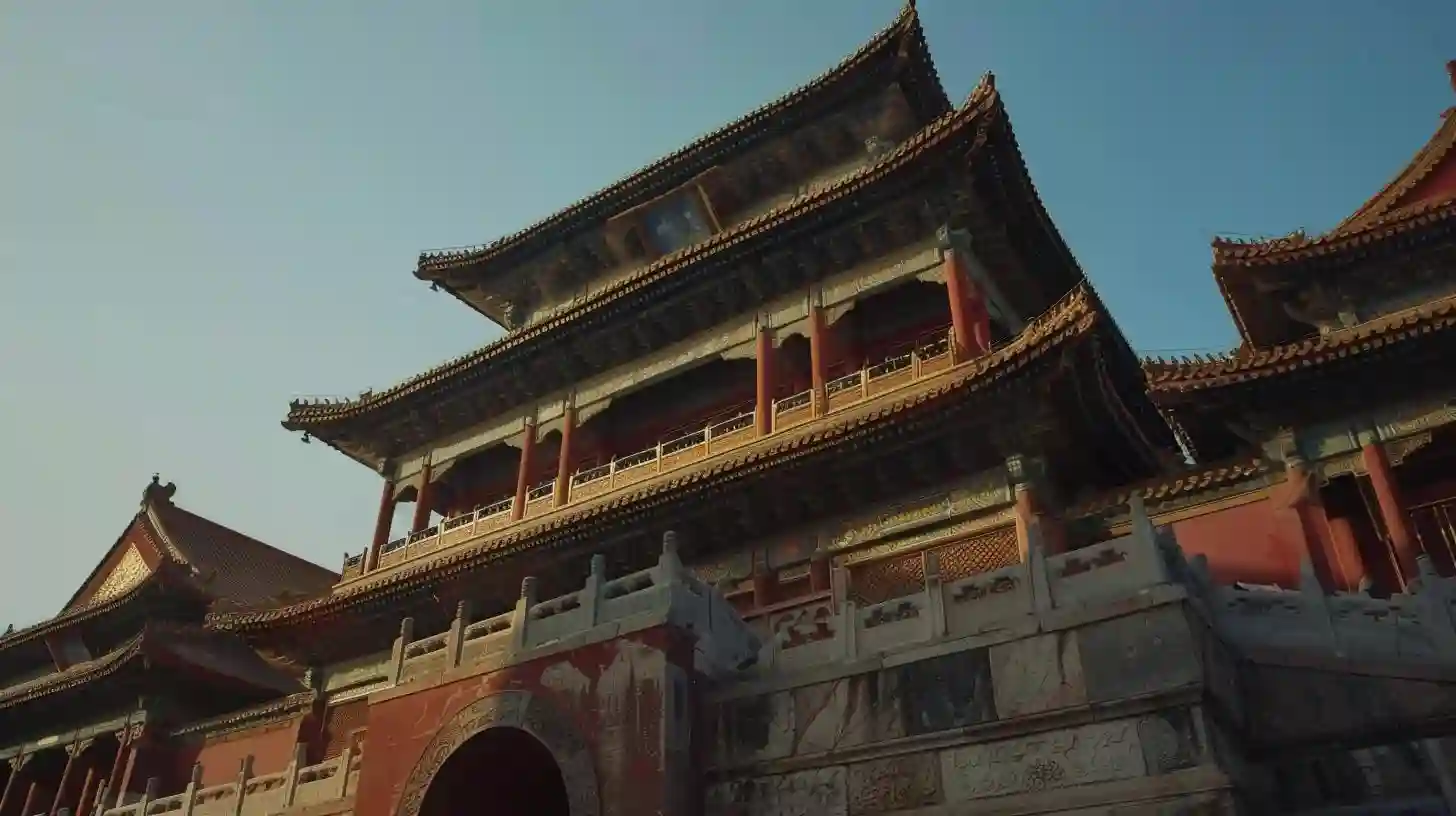
The Forbidden City in Beijing is one of China's most iconic landmarks, with a history dating back over 600 years. This massive palace complex served as the imperial palace for the Ming and Qing dynasties, housing emperors, their families, and court officials. It is a UNESCO World Heritage Site and a symbol of China's rich cultural heritage.
The Forbidden City got its name because it was closed to the general public for centuries. Only the emperor, his family and his closest advisors were allowed to enter its gates. Commoners were prohibited from entering the palace grounds, hence the name “Forbidden City.” This exclusivity added an air of mystery and intrigue around the complex, making it even more attractive to outsiders.
The Forbidden City is located in the heart of Beijing, in the center of the city's historical axis. It covers an area of 180 acres and consists of more than 980 buildings, making it the largest palace complex in the world. The layout of the Forbidden City is based on ancient Chinese principles of Feng Shui: buildings are arranged along a central axis and arranged symmetrically. This carefully crafted design reflects the traditional Chinese belief in harmony between heaven and earth.
One of the most famous features of the Forbidden City is the Hall of Supreme Harmony, the largest and most important building in the complex. In this large hall, the emperor held court and held state ceremonies. It is decorated with intricate carvings, colorful paintings and exquisite decorations, demonstrating the wealth and power of the imperial court.
Another attraction of the Forbidden City is the Imperial Garden, a beautifully landscaped area with traditional Chinese pavilions, bridges and ponds. This secluded oasis provided the emperor and his family with a secluded refuge away from the hustle and bustle of palace life. The garden provides a tranquil contrast to the grandeur of the palace buildings, offering a glimpse into the private life of the imperial family.
Apart from its architectural beauty, the Forbidden City is also home to an extensive collection of Chinese art and artifacts. The palace complex houses more than 1.8 million works of art, including paintings, calligraphy, ceramics and jade. These treasures provide a fascinating insight into Chinese history and culture, showcasing the artistic achievements of the imperial court.
Today, the Forbidden City is a popular tourist destination, attracting millions of visitors every year from around the world. Despite its centuries-old history, the complex has been perfectly preserved thanks to constant restoration work and careful maintenance. Visitors can explore the palace's majestic halls, intricate courtyards and picturesque gardens, immersing themselves in the rich history and culture of Imperial China.
The Forbidden City is not just a historical site; it is also a symbol of China's enduring legacy as a great civilization. Its enormous size, intricate design and rich artistic heritage reflect the grandeur and sophistication of Chinese culture. As a UNESCO World Heritage Site, the Forbidden City serves as a reminder of the importance of preserving our collective heritage so that future generations can enjoy and learn from it.
The Forbidden City in Beijing is a magnificent testament to China's imperial past, with its majestic architecture, beautiful gardens and extensive art collection. This historical landmark continues to captivate visitors with its beauty and significance, offering a window into the world of ancient Chinese emperors and their luxurious lifestyle. The Forbidden City is a true treasure trove of Chinese history and culture, a must-see for anyone interested in the rich heritage of this great civilization.